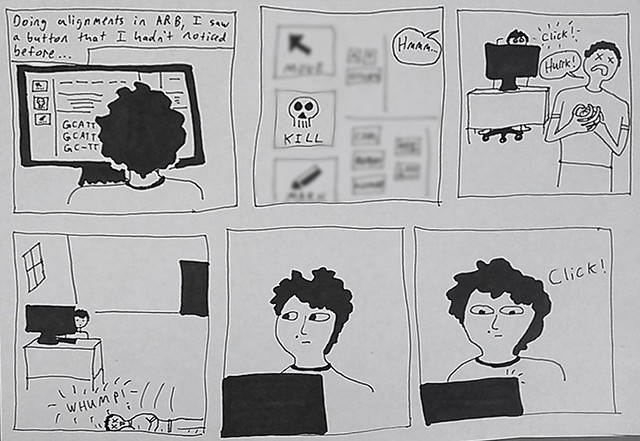The sea slugs known as Elysia chlorotica are certainly a strong contender for my favourite animal. They are born clear, and they feed on algae for nutrients and energy. But, they poke little holes in the turgid algae pieces with their tooth, and suck out the individual chloroplasts. The chloroplasts do not get digested, and instead migrate to the animal’s skin, where the animal has gained the ability to keep the chloroplasts alive inside its animal cells (not in-between, but inside). The chloroplasts then photosynthesize using sunlight, and produce energy for the slug’s cells. The chloroplasts make the slug’s skin green, and indeed the slug has evolved to take on a shape which maximizes surface area, in order to harvest as much sunlight as possible. The adults resemble leaves for this reason!
Watch this video of the little guy sucking out the chloroplasts from a piece of algae:
These slugs were successfully kept alive in excess of a year in a tank with absolutely no caloric input in the water, and with nothing but a UV “grow lamp.” Their growth was very slow during this time, but this indicates that an animal was capable of living entirely off of photosynthesis! This is the only animal known to be capable of keeping the chloroplast endosymbiont alive. Continue reading “The Photosynthetic Sea Slugs, and Horizontal Gene Transfer”




